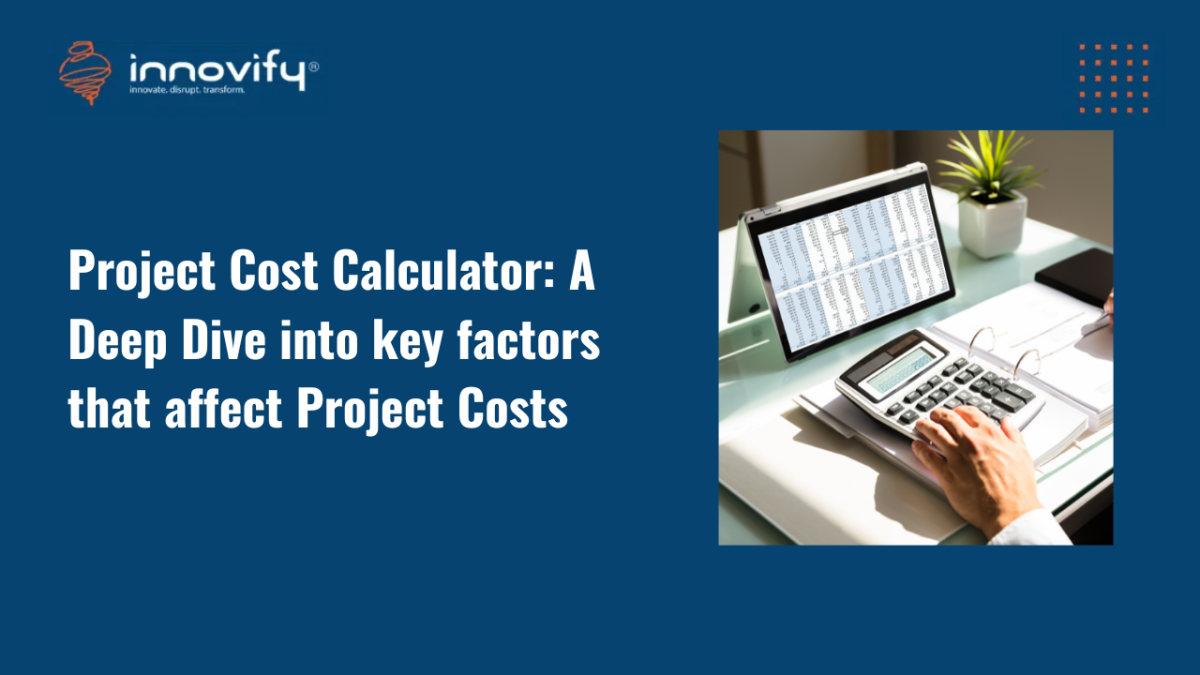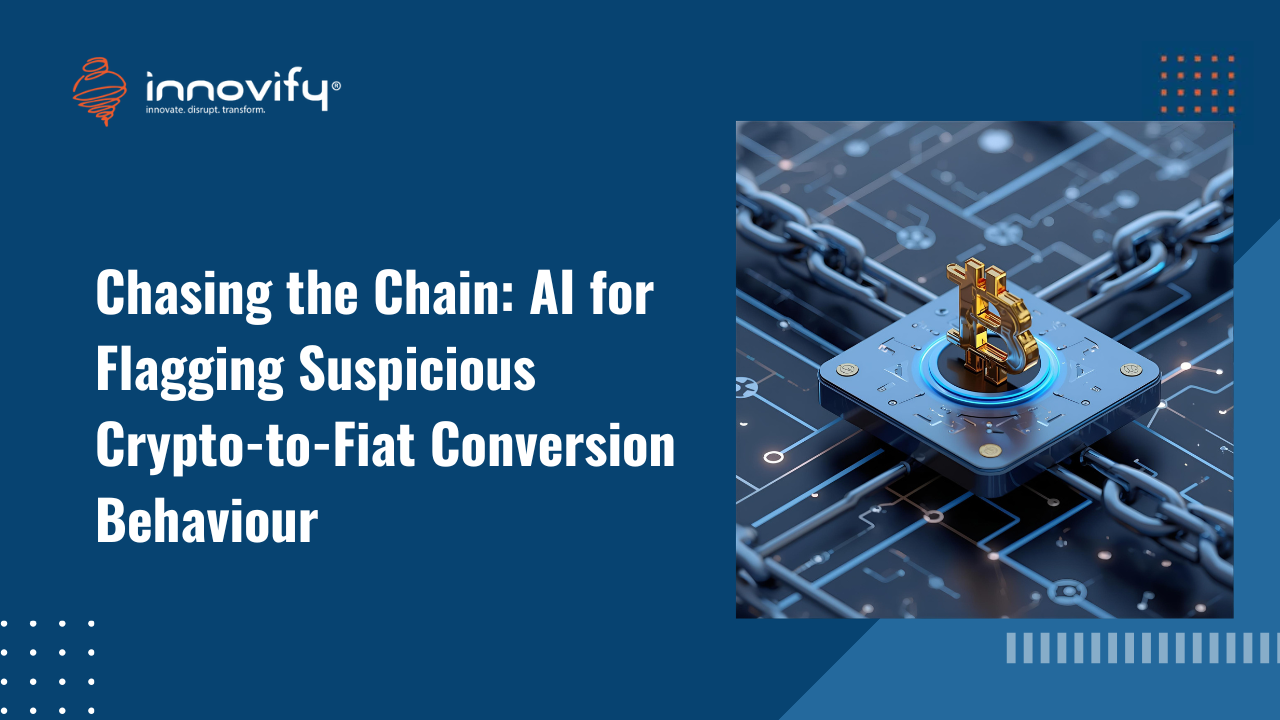AI/ML
Project Cost Calculator: A Deep Dive into key factors that affect Project Costs
Project Cost Calculator: A Deep Dive into key factors that affect Project Costs
This blog delves into the key factors that influence the cost of AI projects. It emphasizes the importance of clearly defining the scope of work, assessing the total effort, and setting quality standards. The 80/20 rule is highlighted, advocating for prioritizing high-impact tasks.
The blog also discusses the delicate balance between quality and cost, suggesting a focus on critical defects while accepting minor imperfections. Optimal team size is explored, with six members often considered ideal.
Factors such as project definition, data quality, third-party integrations, and automation are identified as significant cost drivers. By understanding these variables and employing effective project management strategies, organizations can make informed decisions about AI project budgets and maximize their return on investment.
When estimating the cost of an AI project, several key variables come into play:
- Scope of Work: Clearly defining the project’s boundaries, including features, functionalities, and deliverables.
- Total Amount of Work: Assessing the overall effort required, measured in terms of development hours or story points.
- Quality of Work: Defining the desired level of quality, including code standards, testing rigor, and user experience.
- Time to Work: Setting realistic timelines for project completion, considering factors like team availability and resource constraints.
Beyond the Basics: Key Considerations for Effective Project Management
While the above variables form the foundation of cost estimation, several additional factors significantly impact project outcomes:
The 80/20 Rule: Prioritizing for Maximum Impact
- Focus on the Vital Few: Identify the 20% of tasks that deliver 80% of the value. Prioritize these to ensure timely delivery and maximum impact.
- Balance Effort and Reward: Recognize that the remaining 20% of value may require 80% of the effort. Carefully assess whether the additional investment is justified.
Balancing Quality and Cost:
- Prioritize Critical Defects: Identify defects that directly impact the core user experience and prioritize their resolution.
- Accept Minor Imperfections: Recognize that some defects may have minimal impact and can be deferred or fixed in future iterations.
- Strive for Optimal Quality: Aim for a balance between quality and cost, avoiding both over-engineering and compromising on essential features.
Optimal Team Size: A Balancing Act
- The Six-Person Sweet Spot: Research suggests that teams of six members are often the most effective.
- Avoid Overstaffing: Adding more members beyond the optimal size can lead to increased communication overhead and decreased productivity.
- Scale Strategically: If increased speed is necessary, consider scaling the team by 10-20% while carefully managing quality.
Factors Impacting Project Costs:
- Project Definition and Feature Clarity: A well-defined scope and clear feature specifications reduce ambiguity and minimize rework.
- Background Work and Third-Party Integrations: The complexity of data preparation and integration with external systems can significantly impact costs.
- Project Governance and Regulations: Adherence to regulatory requirements and internal governance processes can add overhead.
- Automation and DevOps: Investing in automation tools and a robust DevOps environment can streamline development and reduce long-term costs.
Factors Impacting Cost of developing AI/ML implementation:
- Data Volume: The amount of data required for training AI/ML models directly impacts project costs. More data often necessitates more computational resources and longer training times.
- Data Quality: The accuracy, relevance, and consistency of the data significantly influence model performance. Low-quality data can lead to biased models and increased costs for data cleaning and preprocessing.
- Data Acquisition Costs: The cost of collecting and labeling new data can vary widely depending on the data source and the complexity of the labeling process.
- Data Generation Techniques: Leveraging synthetic data generation techniques can reduce costs, but it requires careful consideration of data quality and model performance.
- Feature Engineering: The process of selecting and transforming relevant features from raw data can be time-consuming, especially for complex scenarios.
- Algorithm Selection: The choice of algorithms depends on the complexity of the problem. More sophisticated algorithms often require more computational resources and expert knowledge.
- Model Complexity: The more scenarios an AI/ML model needs to handle, the more complex it becomes, requiring additional development time and computational resources.
- Model Customization: Each scenario may necessitate specific model customization, increasing development effort and costs.
- Model Integration: Integrating an AI/ML model into existing systems can involve significant technical challenges and costs, especially if the systems are legacy or incompatible.
- New Model Development: Developing a new model from scratch requires substantial investment in data, algorithms, and infrastructure.
- Model Training: Achieving higher accuracy often demands more training data, computational resources, and advanced techniques.
- Model Validation: Rigorous validation and testing are essential to ensure model accuracy, which can increase project costs.
- Compliance Costs: Industries with stringent regulatory requirements may necessitate additional auditing and compliance measures, impacting project costs.
- Model Explainability: Some industries require models to be explainable, which can involve additional development effort and specialized techniques.
Incorporating Interactive Elements:
- Project Cost Calculator Tool: Develop an interactive tool that allows users to input project parameters and receive estimated costs.
- Cost Optimization Checklist: Provide a checklist of best practices to help organizations reduce AI project costs.
Conclusion
In conclusion, accurately calculating project costs is a complex task influenced by numerous factors. Key variables such as the scope of work, total work volume, desired quality, and project timeline significantly impact the overall cost.
To effectively manage AI projects, it’s crucial to prioritize tasks based on their potential impact. The Pareto Principle, or 80/20 rule, can be applied to identify high-value activities that deliver maximum results with minimal effort.
Balancing quality and cost is another critical consideration. While high-quality code is essential, it’s important to prioritize defects that significantly impact user experience. By focusing on critical issues, you can optimize resource allocation and reduce costs.
Team size and skill level also play a significant role in project costs. A well-balanced team of six members can often be more efficient than larger teams. Additionally, leveraging automation tools and optimizing the DevOps environment can streamline development processes and reduce long-term costs.
Finally, the availability and quality of data are crucial factors in AI project costs. Well-structured data can significantly reduce development time and costs, while unstructured or insufficient data can increase project complexity and expense.
By carefully considering these factors and adopting effective project management strategies, organizations can make informed decisions about AI project investments and maximize their return on investment.
To get a more accurate estimate for your specific AI project, consider using Innovify’s AI product cost calculator. This tool can help you understand the potential costs involved and make informed decisions.




